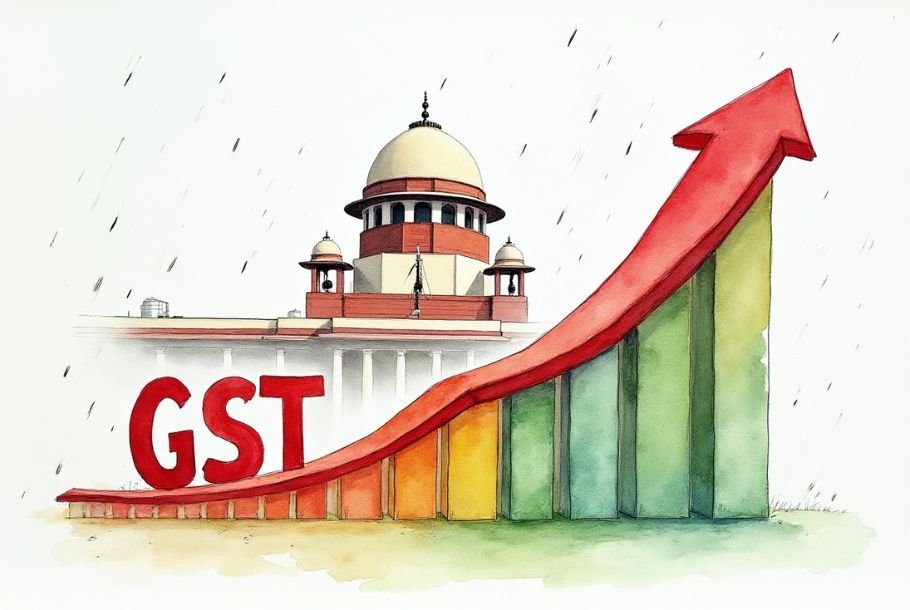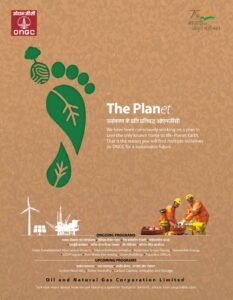An indigenously developed Integrated Generation, Transmission and Storage Expansion Planning Model with Demand Response – a vital Resource Adequacy Tool, has been launched on 11.04.2025 by Shri Ghanshyam Prasad, Chairperson, Central Electricity Authority (CEA) in the presence of Sh. Alok Kumar, Ex-Secretary (Power) and partner TLG and various representatives from the State Power Utilities. It is planned to distribute this software model to all the States/ Discoms free of cost.
The indigenously developed tool is specifically designed to assist the states in carrying out a comprehensive Resource Adequacy plan in line with the resource adequacy guidelines issued by the Ministry of Power in June 2023.
After the issuance of Resource Adequacy Guidelines, CEA has been carrying out the Resource Adequacy (RA) plans for all the Discoms. To begin with, CEA completed the exercise for all Discoms up to 2032, and now all of them have been updated to 2034-35. CEA has also finished the national level exercise up to 2034-35. Since the plan is dynamic and is mandated to be revised every year, it was thought to develop a common tool for all and share it with them free of cost to play with it. It will also help integrate the studies easily and bring out the optimum solutions for the country.
The model explicitly considers:
- Chronological operation of the power system
- All unit commitment constraints, including technical minimum, minimum up and down times, and ramp-up/ramp-down rates.
- Endogenous demand response
- Ancillary services, and many more.
The benefits of the tool include:
- Ensuring adequate resource adequacy (neither less nor more) in the electricity grid. Zero load shedding, No stressed capacity and least cost solutions.
- Optimization of the cost of power system generation expansion and system operation while considering the benefit of demand response.
- Optimization of energy and ancillary services.
- Optimization of size and location of storage.
The software has been developed entirely in India with the active guidance of CEA, ensuring complete transparency. CEA will update and upgrade this tool based on further suggestions from the users (Discoms/ load dispatchers) of this software.
The launch event highlighted the collaboration between CEA, The Lantau Group (TLG), and the Asian Development Bank (ADB) under the Technical Assistance program.
News Source: PIB


















